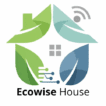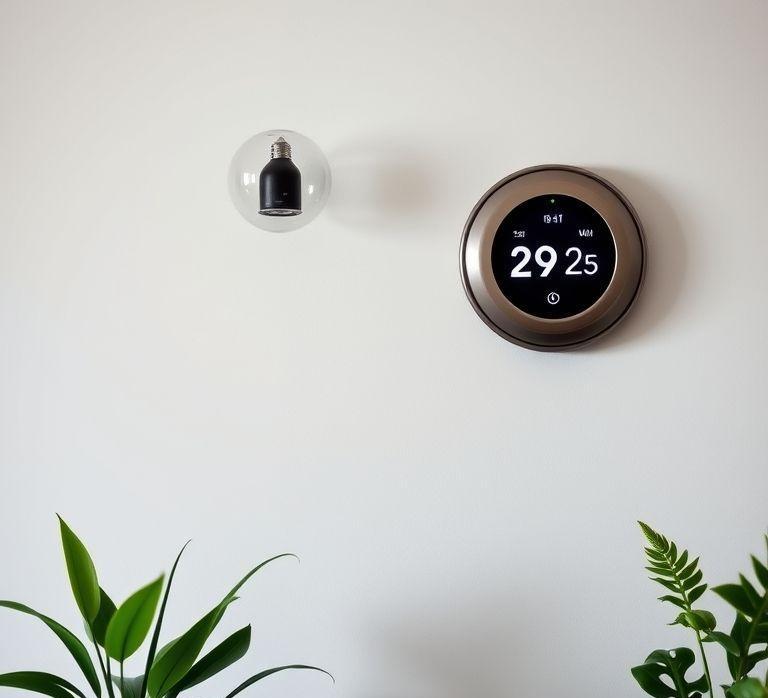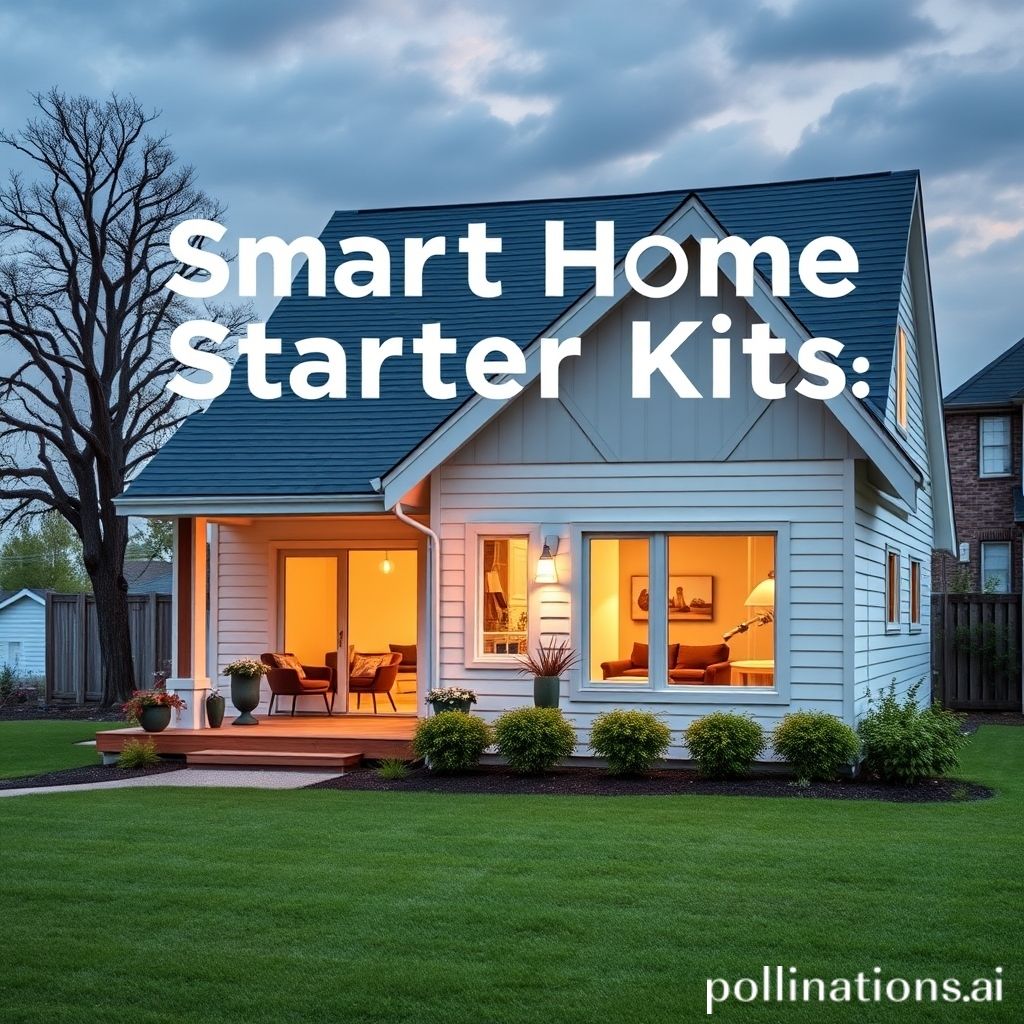Smarter Savings: Integrating Your Home Energy Monitor with Your Smart Thermostat and Other Smart Home Devices
In today’s world, energy efficiency is not just a trend, it’s a necessity. Smart home technology offers powerful tools to manage energy consumption. By integrating your home energy monitor with your smart thermostat and other devices, you can unlock a new level of control and automation, leading to significant savings and a smaller carbon footprint. Let’s explore how.
Understanding Your Energy Consumption: The Key Role of Energy Monitors
Before diving into integration, it’s crucial to understand the role of a home energy monitor. These devices provide real-time data on your electricity usage, breaking down consumption by appliance or circuit. This granular insight is invaluable. Without it, you’re essentially guessing about where your energy is going. Energy monitors reveal energy hogs, identify phantom loads (devices drawing power when seemingly off), and highlight areas where adjustments can make a real difference. They come in various forms, from whole-house monitors installed in your electrical panel to smart plugs that track individual appliance usage. The key is to choose a monitor that provides detailed, accessible data that you can actually use.
Unlocking Smart Thermostat Potential with Real-Time Data
A smart thermostat is already a step up from a traditional one, offering programmable schedules and remote control. However, integrating it with your energy monitor elevates its functionality significantly. Instead of relying solely on pre-set schedules, the thermostat can react dynamically to actual energy consumption patterns. For instance, if your energy monitor detects a spike in usage due to running the washing machine and dryer simultaneously, the thermostat can automatically adjust the temperature to reduce the load on your HVAC system. Some advanced integrations even allow the thermostat to learn your occupancy patterns based on energy usage – detecting when you’re home and adjusting accordingly, even without explicit scheduling. This adaptive approach ensures optimal comfort without wasting energy on an empty house.
Extending Control: Smart Lighting, Appliances, and Automation Rules
The benefits of energy monitor integration extend beyond just thermostats. Smart lighting can be programmed to dim or turn off automatically when energy consumption reaches a certain threshold. Smart appliances, like dishwashers and washing machines, can be scheduled to run during off-peak hours when electricity rates are lower (if your utility offers time-of-use pricing). The real power comes from creating custom automation rules based on energy data. For example, you could set a rule that turns off non-essential lights and appliances when total energy consumption exceeds a certain level. Or, you could trigger an alert on your phone when a particular appliance starts drawing excessive power, indicating a potential maintenance issue. These automated responses not only save energy but also provide peace of mind and prevent costly problems down the road.
Choosing the Right Ecosystem and Ensuring Compatibility
While the potential benefits are significant, successful integration requires careful planning. It’s essential to choose devices from the same ecosystem or those that are compatible with a common platform, such as IFTTT (If This Then That) or Samsung SmartThings. This ensures seamless communication and data sharing between devices. Before purchasing any new smart home devices, research their compatibility with your existing energy monitor and thermostat. Read reviews, check online forums, and contact the manufacturers if necessary. A little research upfront can save you a lot of frustration later on. Furthermore, consider the data privacy implications of connecting your devices to the internet and choose reputable brands with strong security measures.
Conclusion
Integrating your home energy monitor with your smart thermostat and other smart home devices offers a powerful path towards smarter energy consumption. By leveraging real-time data to inform automated responses, you can optimize your energy usage, reduce your utility bills, and minimize your environmental impact. Careful planning, compatibility considerations, and a focus on data privacy are key to unlocking the full potential of this technology. Embrace the power of integration and transform your home into an energy-efficient haven.



